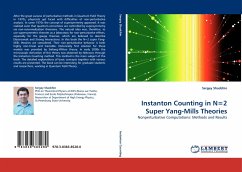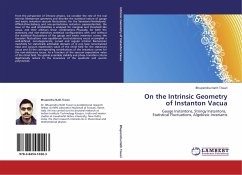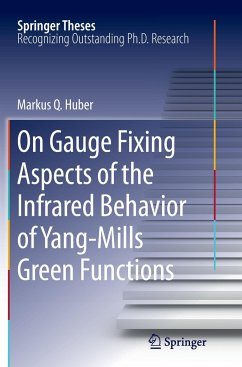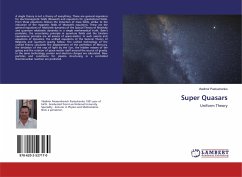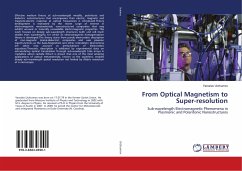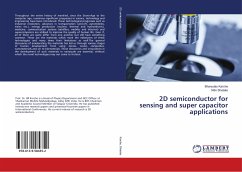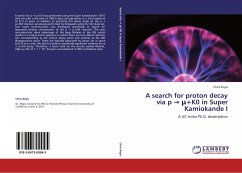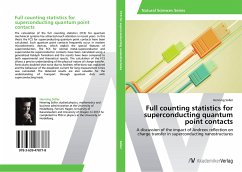After the great success of perturbative methods in Quantum Field Theory in 1970s, physicists get faced with difficulties of non-perturbative analysis. In same 1970s the concept of supersymmetry appeared. It was realized soon that quantum corrections are controlled by supersymmetry via non-renormalization theorems. The natural idea was, therefore, to use supersymmetric theories as a laboratory for non-perturbative effects, especially for the gauge theories, which are believed to describe Electroweak and Strong Interactions. In this book the N=2 super Yang-Mills theories are considered. Their non-perturbative behavior is both highly non-trivial and tractable. Historically first solution for these models was provided by Seiberg-Witten theory. In early 2000s the microscopic derivation of this theory was obtained by Nekrasov through the Instanton Counting method. This method is the main subject of the book. The detailed explanations of basic concepts together with various results are presented. The book can be interesting for graduate students and researchers, working in Quantum Field Theory.

